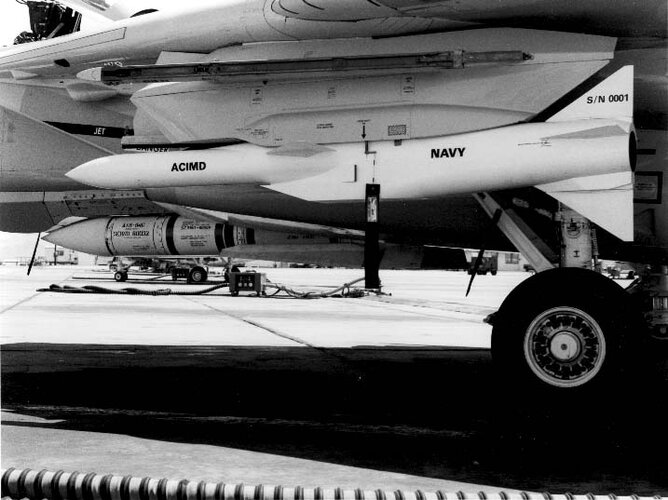I think this is the picture you were looking for.
Apart from the advanced guidance tech demonstrated during the AIM-152 program, I would also assume that GDWs missile used much more advanced propellant when compared to AIM-7F/M/ and AIM-120A/B. And I think that propellant was CL-20 nitroamine. The timeline matches perfectly. CL-20 was developed during the 80s, and the GDW/HR were selected as competitors in 1987. The fuels used in contemporary Sparrows and AMRAAM wouldn't be energetic enough to achieve 100+ NM range.

